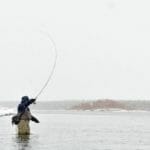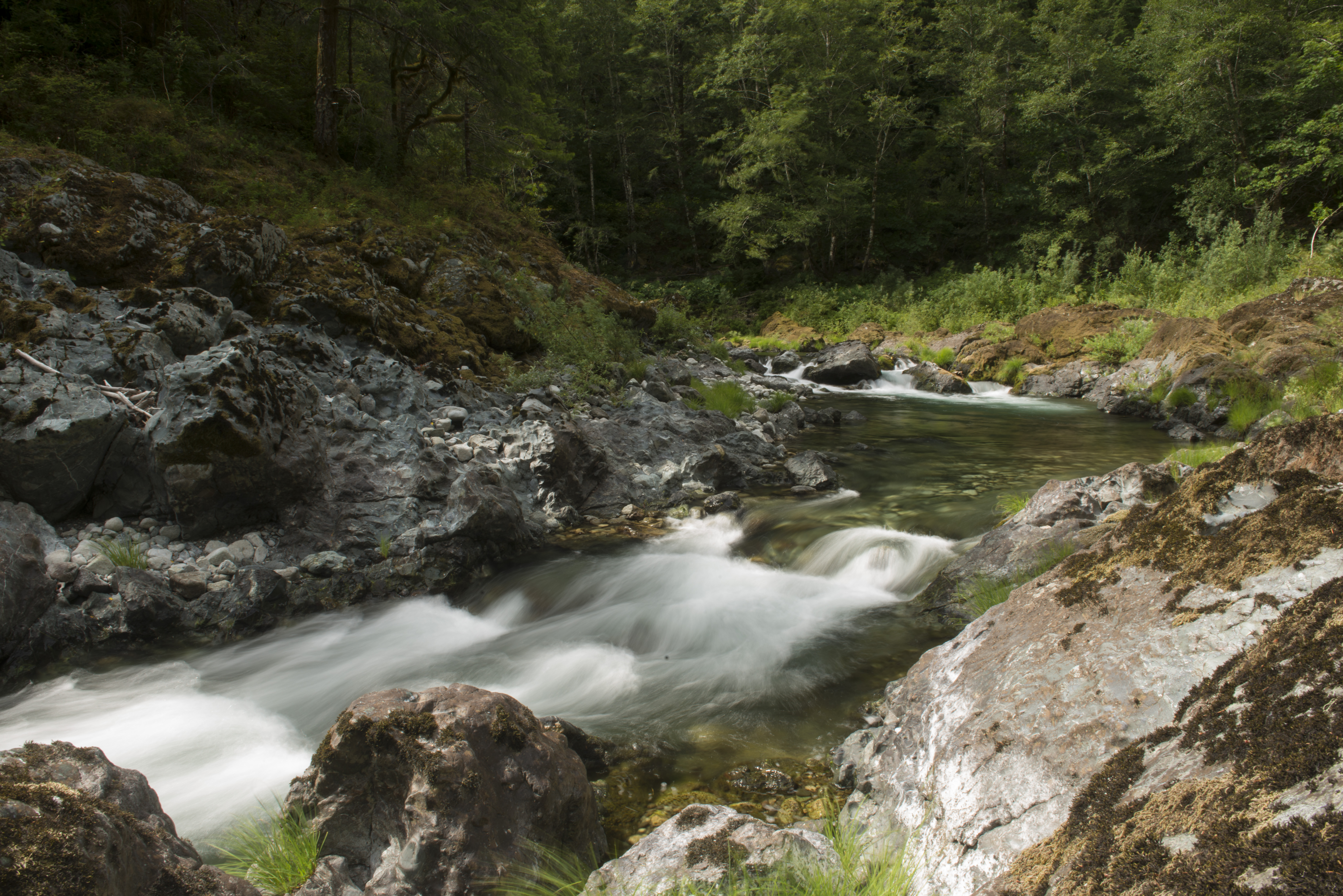And what’s at stake with proposed changes
Signed into law in 1970 by President Nixon, the National Environmental Policy Act (NEPA) has served as a bedrock environmental law, ensuring that federal agencies consider consequences of their actions on public lands and that the public has opportunity to engage and be heard.
For trout, salmon and the coldwater habitats they depend on, NEPA has been more than a procedural requirement—it’s been a lifeline.
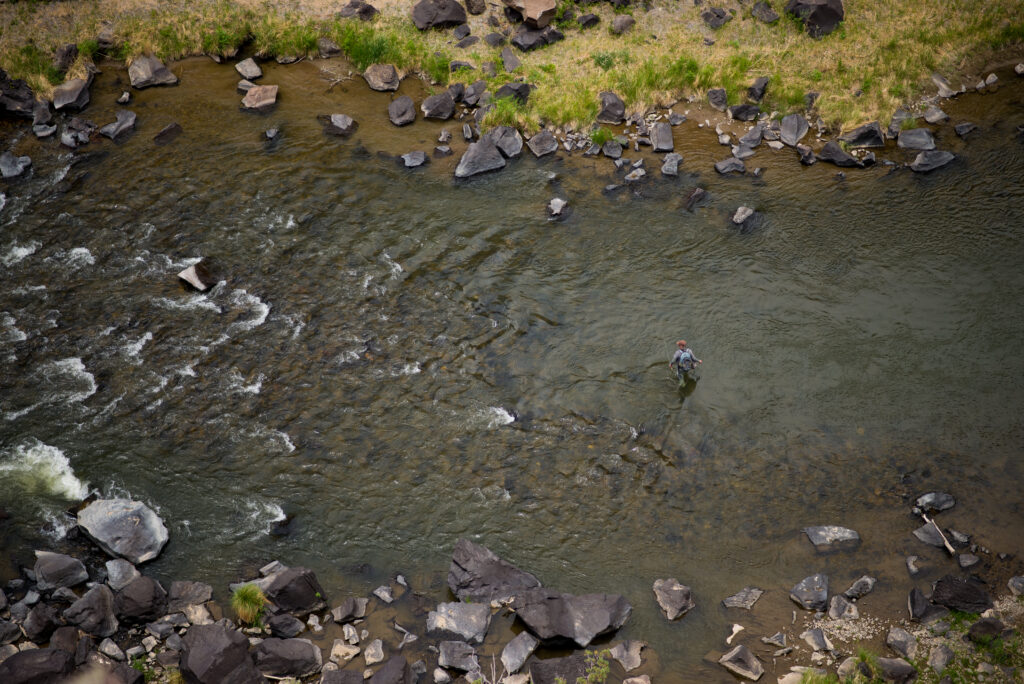
Sweeping changes to NEPA’s implementing regulations are underway. Several federal agencies – including the United States Department of Agriculture (USDA) and the Department of the Interior (DOI) – are proposing to revise their NEPA procedures and Congress is also considering legislation that would significantly alter how projects are reviewed and approved, raising serious concerns for fish and wildlife and any meaningful public input.
Here’s what you should know.
Why does it matter?
NEPA requires federal agencies to assess the environmental impacts of their actions—whether approving a pipeline or restoring a watershed. This process often includes Environmental Assessments (EAs) or more detailed Environmental Impact Statements (EISs), which evaluate how a project might affect water quality and quantity, riparian vegetation, stream channelization, fish passage and other factors.
For trout and salmon, NEPA has helped guard against poorly planned projects that would harm irreplaceable trout and salmon spawning and rearing habitat. NEPA has ensured public input on projects that could degrade water quality or fragment habitat. Importantly, NEPA supports science-based decision-making by requiring agencies, like the U.S. Forest Service, Army Corp of Engineers and the Bureau of Land Management to consider alternatives and cumulative impacts.
The Pebble Mine is a prime example of how NEPA works. In 2020, the Army Corp of Engineers conducted an EIS to evaluate the impacts of the proposed mining project in the Bristol Bay region of Alaska. Their finding was that the project “would likely result in significant degradation of the environment and would likely result in significant adverse effects on the aquatic system”. Accordingly, the Army Corp denied the applicable permit.
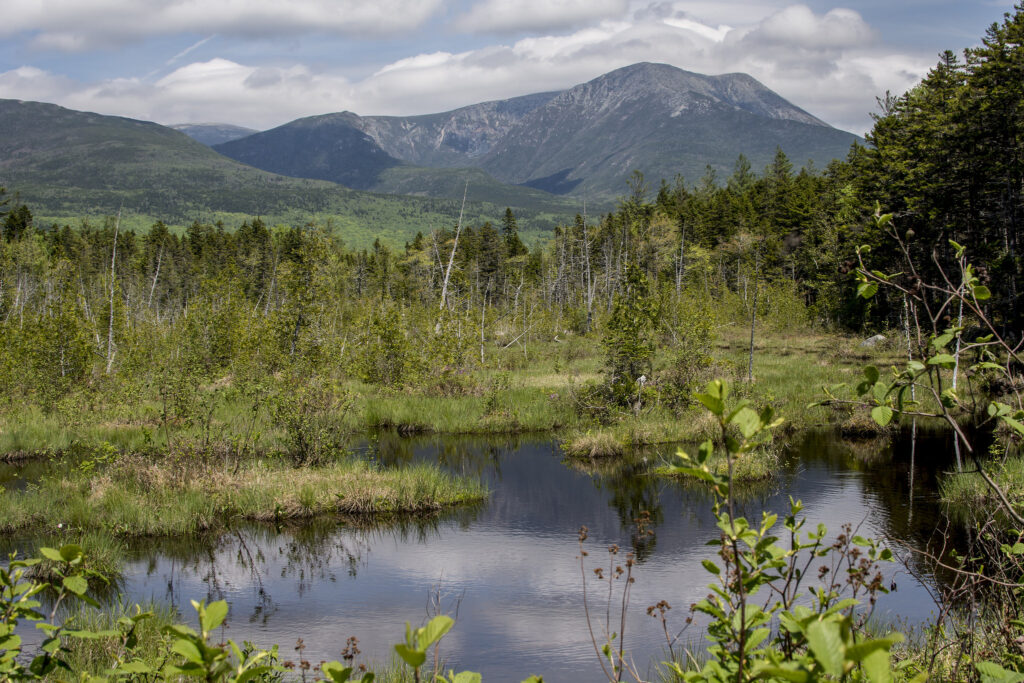
What’s changing?
In July 2025, the USDA and DOI both issued interim final rules to revise their NEPA procedures. These changes shift responsibility for environmental review from the Council on Environmental Quality (CEQ) to individual federal departments and their agencies. Under the new rules, all agencies within a department—such as the Forest Service, Natural Resources Conservation Service, and Animal and Plant Health Inspection Service under USDA—will now follow a single, department-wide NEPA process. This eliminates agency-specific guidance, even though each agency has distinct missions and responsibilities. A one-size-fits-all approach raises serious concerns about how well the new process can account for the unique environmental impacts and public interests associated with each agency’s work.

In recent years, the public’s role in managing public lands has been steadily eroded through regulatory rollbacks. There is room for more efficient, effective decision making, but these changes sideline the voices of local communities, tribes and conservation groups by reducing opportunities for public comment, limiting legal recourse and redefining what qualifies as a “major federal action” under NEPA.
By fast-tracking development and weakening environmental review, these policies shift decision-making power away from the people who live, work, and recreate on these lands. The result is a public lands system that is less transparent, less accountable, less effective, and less responsive to the public.
A backstop for trout and salmon
NEPA is a lifeline for trout and salmon because it ensures that projects affecting public lands and waters are carefully reviewed with scientific rigor, including impacts and alternatives, before they proceed. Coldwater fish depend on clean, cold, connected habitats. These habitats are routinely threatened by energy development, mining, logging, and infrastructure projects. NEPA provides a framework for public engagement and science-based analysis and without NEPA’s safeguards, native trout and salmon populations are at an even greater risk.
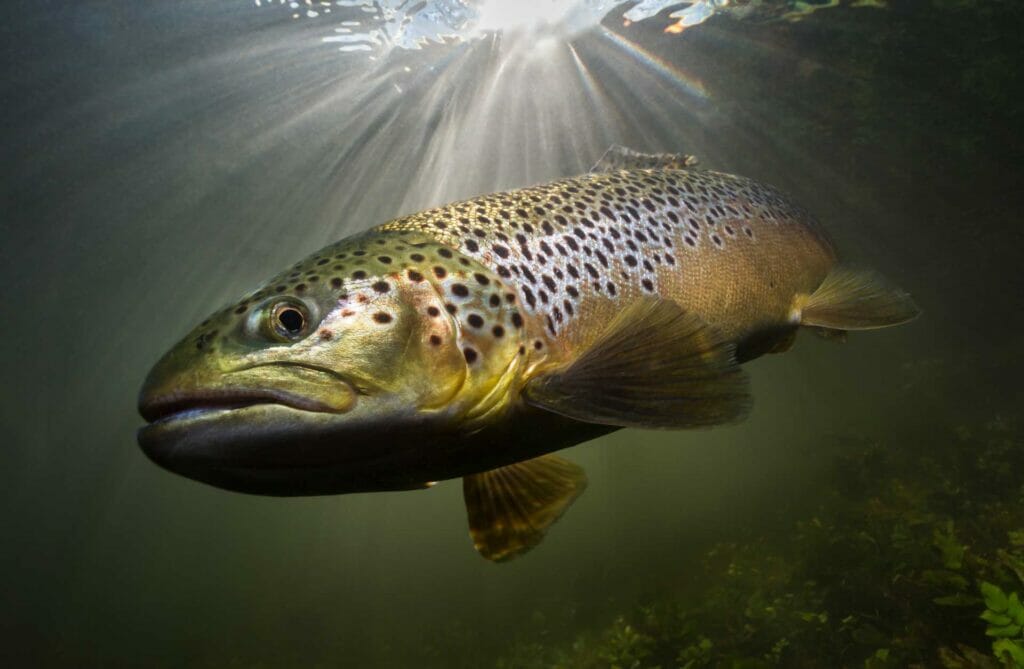
In the past, a process called “Categorical Exclusions” allowed federal agencies to bypass detailed environmental review for projects deemed to have minimal impact—but under the revised rules, even activities affecting sensitive aquatic habitats could be fast-tracked without public input or scientific rigor. By removing the requirement to assess impacts on “sensitive species,” “species of conservation concern,” and “species of greatest conservation need,” the USDA and DOI will be able to greenlight projects – without adequate scientific analysis – that could degrade watershed health, fragment habitat and undo years of restoration work across landscapes.
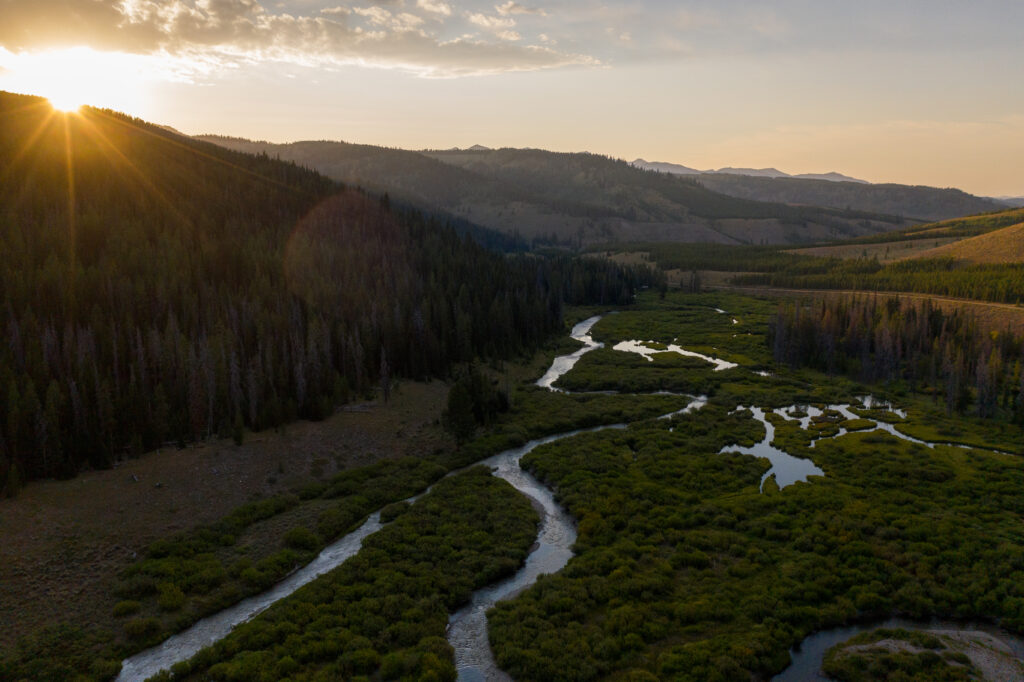
The public comment period on the USDA and DOI rule is still open.
- Trout Unlimited will file comments. USDA’s and DOI’s comments are due by Aug 4.
- An outline of key points is provided below.
Key Messages:
- Undermining Transparency and Accountability
The proposed NEPA changes represent a significant shift toward prioritizing resource extraction over transparent, science-based, and ecologically responsible management of forests and public lands. - Ignoring Cumulative Impacts
The new rules eliminate the requirement to assess cumulative impacts—meaning agencies no longer have to consider how a proposed project might compound existing environmental stressors, such as those affecting entire watersheds. - Silencing Local Voices
Public scoping is no longer required, cutting out early input from stakeholders with local knowledge who could help identify potential issues before decisions are made. - Narrowing NEPA’s Reach
By redefining what qualifies as a “major federal action,” the rules could exempt many impactful projects from NEPA review altogether. - Weakened Oversight of Categorical Exclusions (CEs/CXs)
Expanding the use of CEs/CXs and adopting all sub-agency exclusions undermines site-specific analysis and fails to account for the ecological complexity of coldwater fisheries. - Failure to Protect Sensitive Species
The USDA’s rule excludes “sensitive species,” “species of conservation concern,” and “species of greatest conservation need” from the list of resource conditions that trigger extraordinary circumstances. These categories must be included to ensure native trout, salmon, and other vulnerable species receive adequate protection. - Extraordinary Circumstances Must Be Mandatory
Agencies should be required—not merely allowed—to consider extraordinary circumstances when applying CEs/CXs. This ensures that controversial or high-impact projects receive proper scrutiny. - Restore Ecological Thresholds
Ecological thresholds should be reinstated as clear triggers for requiring EAs or EISs, ensuring that significant environmental risks are not overlooked. - Codify NEPA Procedures for Accountability
DOI’s decision to move NEPA procedures into a handbook, rather than codifying them in the Code of Federal Regulations (CFR), reduces transparency and weakens public oversight. - Honor Tribal and Local Knowledge
Require meaningful consultation with Tribal governments and local communities to ensure that traditional knowledge and place-based expertise inform decision-making.
For questions, please contact: Tasha Sorensen, Western Energy Lead


